The Room 3 builds you up so it can stab you in the back
WARNING: Spoilers for The Room series
You're a genius. The Room 3 tells you so repeatedly, as you float from one Rube Goldberg-like device to the next, looking close to find clues that let you uncover their workings and solve the arcane puzzles within. Your intelligence is incredible, assures the mysterious narrator/game avatar known only as the Craftsman; as you crack elaborate codes where dozens of others failed, you prove you're the most brilliant mind to cross his path. You will solve the ultimate riddle and be the first to reach the miraculous, terrible power at the center of the universe.
Vote for The Room 3 in the Best Handheld or Mobile Game category at the upcoming Golden Joystick Awards 2016 and claim three games for $1 / £1 for taking part.
Of course, it's all bullshit. Every indirect compliment makes you so sure of your own wisdom that you completely miss the game's most important puzzle, the consequences for which are dire. The Room series has been crafting that subterfuge since the beginning, lulling you into a false sense of competency, using your own learned behavior to hide the truth. Only in The Room 3 does it finally stab you in the back.
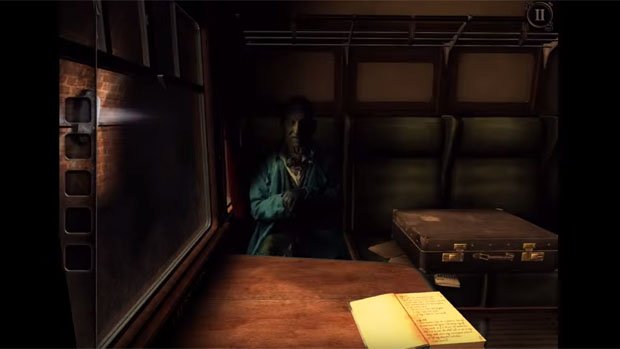
For those who aren't familiar or forgot during the lull between the last two games, The Room series is about solving a wide variety of intricate puzzles to figure your way out of a series of locked rooms. Pretty basic on the surface, but it stands apart from other puzzle-solving games with odd and sometimes unnerving clues, like shape-shifting keys that show you unpleasant visions or a human skull with a magic jewel in its mouth. The puzzles are intricate and require a lot of careful attention, but if anyone can solve them, it's you - you're extremely talented, and may be even the best the all-knowing Craftsman has ever seen. He reminds you of that regularly, acting more complimentary each time you manage to find the key to a room and escape.
Eventually he even directs you to Grey Holm, his abandoned family estate, to solve the puzzles hidden there and achieve the true enlightenment you've earned. Grey Holm becomes a hub of activity for you, where you solve simple puzzles to access larger ones outside its walls and progress. However, Grey Holm itself holds plenty of odd items that can be examined just like clues in the puzzle rooms - opening the clock in the study by unlocking its face will reveal a mysterious crystal, and a mechanical fortune-teller in the corner of the room seems like it could power on if you only had a coin to insert.
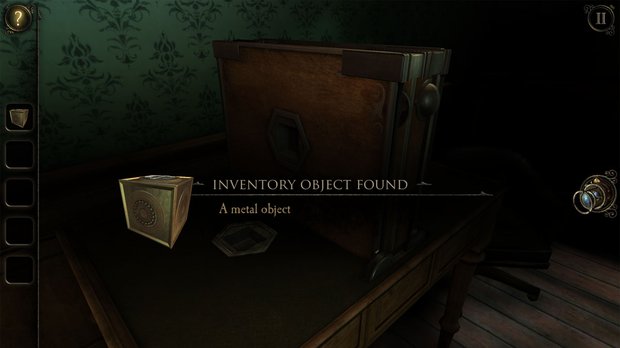
It's easy to forget about these clues over time. While their use remains cryptic, there are more obvious puzzles to solve right in front of your face, and it's hard not to charge forward when you know right where the next clue goes. You tell yourself you'll come back to that golden cube you found in a diorama, or that weird bauble upstairs that makes the chandelier swing. After all, outsmarting the room comes naturally to you - when these pieces of the puzzle become relevant, you'll backtrack and find them again.
Sign up to the GamesRadar+ Newsletter
Weekly digests, tales from the communities you love, and more
It's only at the end of The Room 3 that ignoring those clues comes back to bite you. Finishing the estate's puzzle rooms will net you all five pieces of an arcane 'key' that that Craftsman commanded you to find, so you can unlock the truth about the nature of the universe. There's only one more puzzle between you and omnipotence, and an easy one too - virtually all the clues are directly in front of your face, with the camera pointedly turning toward them, so it's nearly impossible to miss.

That's because it's a trap. Finish that puzzle, and you find yourself trapped in an inescapable labyrinth, forced to spend eternity as a power source for the Craftsman's impenetrable occult shenanigans. That goes against everything the series has taught you until this very moment - how did things turn out so badly, if you solved the mysteries of the estate exactly like you were taught to?
As it happens, there's a final, optional puzzle hidden in Grey Holm. You can progress without even looking at it, and you'll never get any hints about how its different pieces fit together. But it is the true final puzzle of The Room 3, its clues are all those seemingly unimportant objects hidden in the mansion, and whether or not you solve it completely changes your fate. You probably just won't realize it's there, because the game treats its clues as irrelevant, and you trust the game not to lead you astray.
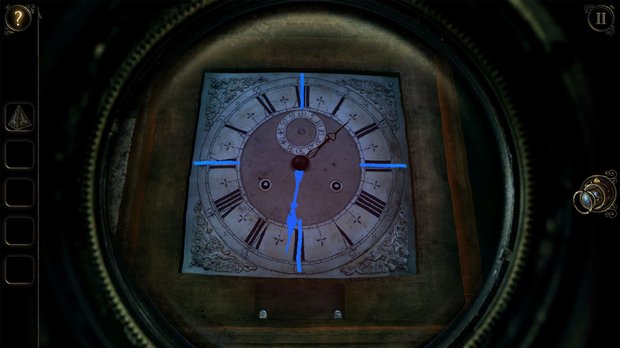
Once you actually go back and start looking at those clues, however, the real story of The Room comes tumbling out. First, it immediately becomes clear that the Craftsman doesn't think as highly of you as he claims - in notes hidden along with those clues, often in painfully obviously places, he describes his plot to manipulate you with kindness so you won't see his betrayal coming. Then, details from the last two games (which until now seemed like unimportant decoration) become incredibly important - turns out the mechanical woman in the 'Magical Maggie' fortune-telling machine is actually Maggie Cox, the medium conducting a seance in The Room 2 and the last apprentice of a man called The Great Khan.
Look closely enough and you can see that Khan and the Craftsman are one in the same (a poster of the Great Khan posing with one of the pyramid keys the Craftsman built gives it away), and Maggie was too brilliant for him to control - you find a letter from Maggie telling him he can't trick her in The Room 2, and he laments the same in The Room 3. So he disposed of her by horrendously creative means, and went looking for someone else to act as his tool without putting up a fight.
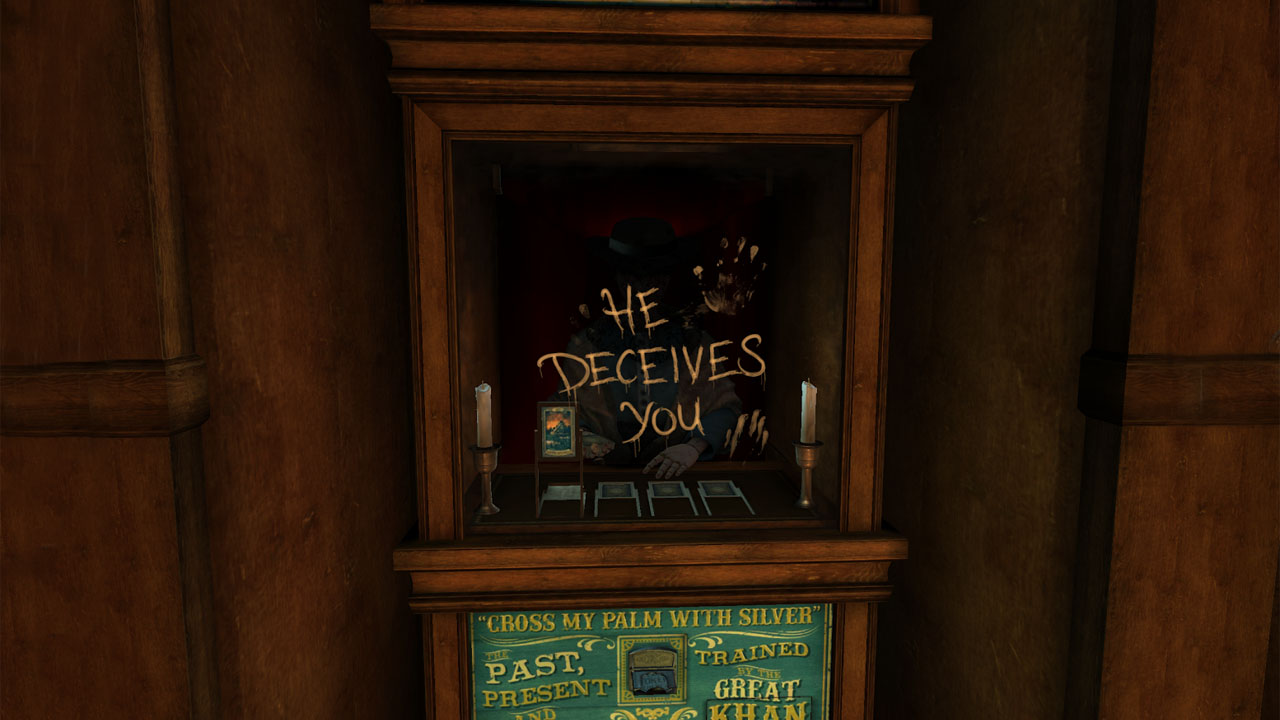
That's when he found you, the person who survived an encounter with the Null at the end of the last game that killed your benevolent guide, A.S.. Realizing you're both skilled and incredibly naive, he invites you to his manor, and becomes your new guide. Even if you're paying close enough attention to realize your mentor has changed between the two games, it's easy to convince yourself that this one is just as trustworthy as the last, because that's what you've been trained to believe. If you ignore all the signs that say the exact opposite and don't see through that deception in time, you become that tool he wanted so badly.
If The Room was an impressive series of puzzle games before, now it's a form-defining class of its own. In the fifteen seconds it takes for the ending cutscene to roll and you to figure out how badly you messed up, it takes everything you've done and throws it back in your face. If you really take the time to consider every clue you find and think critically about how to use it (which is the entire point of The Room, really), you're able to escape the Craftsman's trap because you don't fall back on mental shortcuts like he's betting you will. You might even be able to unwrap his life story and find out who he really is, if you remember enough about The Room and The Room 2 to connect the dots. But that, ultimately, is the final test: the game doesn't force you to do any of those things, because managing on your own proves you've mastered the skills you need to make it to the end. Getting ensnared in the Craftman's trap means you didn't really get there.
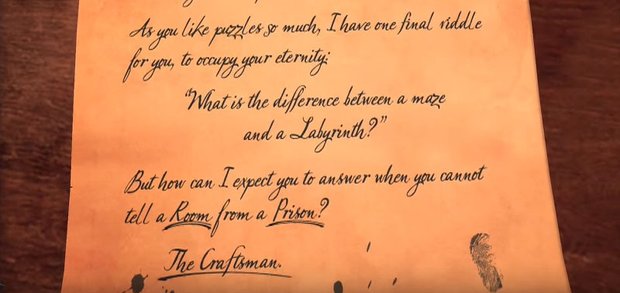
You don't achieve victory in The Room by going through the motions - you have to really use your head, notice inconsistencies, think critically. If you're so focused on escaping the room that you let all of that pass you by, you haven't earned a happy ending. After all, you were never meant to escape the room. You were meant to solve it.
Former Associate Editor at GamesRadar, Ashley is now Lead Writer at Respawn working on Apex Legends. She's a lover of FPS titles, horror games, and stealth games. If you can see her, you're already dead.



